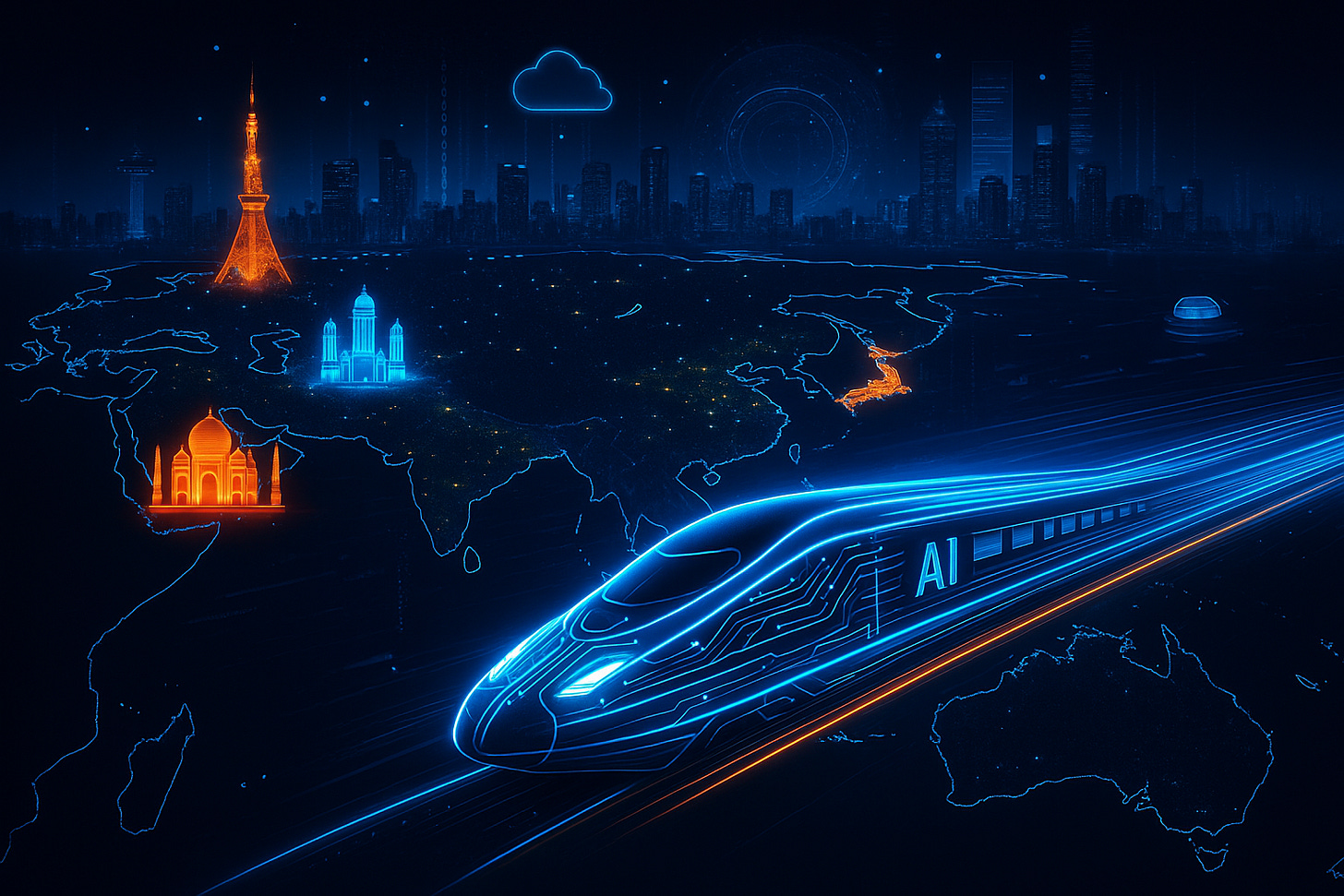Asia-Pacific’s AI Surge: High Speed, High Stakes
The region races ahead in AI adoption, but governance gaps and talent shortages could define its next chapter.
In a world where artificial intelligence is no longer just hype but operational backbone, Asia-Pacific has emerged as a kinetic force—deploying generative AI (Gen-AI) at a scale and speed unmatched by most. But in the rush to integrate and innovate, are leaders overlooking the foundation necessary to sustain and govern it?
According to The State of AI Report 2025, organizations across Asia-Pacific are leaning hard into Gen-AI, particularly in high-velocity sectors like customer service, localization, and logistics optimization.
Whether it’s chatbots fluent in 10 languages or supply chain models that adapt in real time, the region’s companies are rearchitecting front-line operations with an unmistakable urgency.
We’re seeing a real pivot from experimentation to production.
said one executive at a Southeast Asian telecom giant. "AI is becoming mission-critical."
And yet, that same momentum reveals fault lines.
The multi-modal leap
Unlike Western counterparts still focused largely on text generation, Asia-Pacific is charging into multi-modal AI. Companies are exploring video synthesis, voice-to-action interfaces, and even autonomous agents that run backend operations.
In Japan, AI avatars are providing 24/7 customer support for banks. In India, retail chains are piloting voice-ordering kiosks across regional languages.
The diversity of the region is turning into a Gen-AI playground—where consumer expectations are forcing companies to build solutions that translate nuance, not just text.
Training wheels off, but no seatbelt
If there’s a red flag in the region’s AI push, it’s governance—or the lack thereof.
The report makes it clear: structured governance frameworks in Asia-Pacific trail significantly behind North America and Europe.
Less than a third of surveyed companies have formal AI risk committees, and fewer still tie AI outcomes to clear executive KPIs. That’s a critical gap at a time when Gen-AI decisions can impact brand trust, customer privacy, and even national regulatory scrutiny.
Despite this, C-level enthusiasm is strong. Executive usage of Gen-AI tools in Asia-Pacific is second only to North America, indicating a top-down push—but not yet a top-down framework.
The talent paradox
While investment in AI is high, the talent pipeline is not.
A growing number of APAC companies cite the lack of AI-specialized personnel as a key roadblock. From data scientists to AI compliance officers, the supply isn’t keeping up with enterprise demand.
What’s more, only a minority are investing in structured internal training programs or cross-functional AI centers. As a result, deployment teams often work in silos—resulting in uneven implementation quality and limited knowledge transfer.
Risk or window?
For all the governance and talent challenges, the region’s sheer pace of innovation is turning heads globally. With mobile-first populations, diverse linguistic needs, and e-commerce booms, Asia-Pacific is creating use cases others haven’t even imagined yet.
If leadership steps up to formalize governance, address skills gaps, and adopt structured roll-out playbooks, the region could shift from reactive to dominant in the AI economy.
Until then, the story remains a dual-speed narrative: one of blazing front-end experimentation—and a backend still playing catch-up.


